Mahatma Gandhi’s enduring influence on Indian society, politics, and culture continues to spark debate and reflection, particularly regarding his vision for the nation. Gandhi’s philosophy was shaped by a strong commitment to truth, non-violence, and social harmony, and his perspectives on nationalism, economic organization, and religious unity remain touchstones for national discourse. This article explores the dimensions of Gandhi’s thought often contrasted with more assertive, Hindu-traditional social and political positions, without directly invoking political terminology, and highlights how his vision was both rooted in Indian tradition and yet a profound departure from exclusive or coercive strategies.
Gandhi arrived on India’s political scene at a critical time. The Indian nationalist movement was searching for a cohesive identity and methods to mobilize the masses. Previous waves of nationalism had largely been shaped by educated elites and influenced by Western ideals. Gandhi, in contrast, grounded his program in the ethics and traditions of ancient Indian civilization and made Indian culture’s assimilative and inclusive nature the foundation of a mass-based movement for independence. This broader vision transformed the struggle against colonial rule into a moral and ethical challenge, drawing millions—including rural farmers, artisans, laborers, and women—into active participation and imbuing the movement with a new sense of purpose and dignity.[1][2][3]
A striking feature of Gandhi’s approach was his inclusivity. He worked to broaden the nationalist platform so it was accessible and appealing to all Indians, regardless of class, religion, or region. Gandhi’s campaigns—such as the Ahmedabad Satyagraha and Non-Cooperation Movement—addressed the aspirations of ordinary people as much as the educated middle class, and his focus on reconciliation rather than division allowed for an effective bridging of differences between communities. He saw the unity of the Indian people as essential for self-rule, emphasizing reconciliation over confrontation and refuting the utility of aggressive or exclusionary tactics as legitimate instruments of change.[4][1]
Central to Gandhi’s vision was the idea of India as a civilization that accommodates diversity, rather than enforcing a singular identity. He argued that India’s greatness lay in its capacity to accommodate and nurture pluralism, with cultural and religious differences viewed as a source of strength rather than division. Gandhi dismissed concepts and methods that rebelled against this pluralism—such as the use of violence or forced homogenization—as retrograde and ineffective. Instead, he insisted on religious pluralism, urging every community to practice its beliefs freely while fostering unity in the broader national fabric.[2][4]
This approach extended naturally to Gandhi’s personal spiritual grounding. Deeply influenced by Vedantic Hinduism, his interpretation stressed spiritual unity and inclusivity, avoiding the idea of dominance or hierarchy of any single faith. Gandhi read sacred Hindu texts in a way that underscored non-violence, universal brotherhood, and the search for truth that transcended sectarian boundaries. As a result, while he worked within the registers and symbols of India's religious traditions, he gave them a universalist interpretation, always aligning them with tolerance and dialogue.[5]
Economically, Gandhi rejected the binaries posed by both industrial capitalism and state socialism. He envisioned India as a union of self-sufficient, autonomous villages—the very bedrock of Indian life. Gandhi’s model of development focused on decentralized, small-scale industries and local production, especially in agriculture and artisan crafts. He believed that villages should not only provide for their members’ basic needs but also operate by eco-friendly, non-exploitative means. By promoting khadi and the use of local resources, Gandhi worked to reduce dependency on imported goods and large corporations—practices he viewed as contrary to the ethos of fair distribution and non-possession.[6][7][8][9]
Gandhi’s prescription for social harmony and equity stood at odds with hierarchical traditions and modern developments alike. In his critique of landlordism, economic inequality, and the concentration of wealth, he envisioned communal ownership of farmland and sought to abolish exploitative structures. Gandhi was determined to see land distributed to those who tilled it and stressed that surplus produce be fairly shared. For Gandhi, the development of India resided not in cities but in villages; it was in strengthening the rural backbone through participatory democracy and minimal reliance on central authorities that India’s true Swaraj—or self-rule—would emerge.[7][8][10]
Perhaps one of the greatest challenges and achievements of Gandhi’s leadership was his effort to build bridges among religious communities, particularly Hindus and Muslims. Gandhi was deeply troubled by the communal distrust that had come to characterize Indian society under British divide-and-rule policies. He believed this distrust was a significant obstacle to independence and progress. Gandhi’s advocacy for unity was not merely political but moral; he sought to imbue both communities with a sense of mutual trust and solidarity, believing that only through shared strength could India realize true freedom. He promoted joint actions and common citizenship, emphasizing that both Hindus and Muslims drank from the same wells, breathed the same air, and tilled the same land.[11][12][13][14]
Critically, Gandhi insisted that the path to self-rule and national regeneration must be paved with moral means. To him, ends and means were inseparable. He steadfastly opposed violence, even if it appeared expedient, considering it corrosive to the moral foundation required for genuine nationhood. Gandhi’s reliance on non-violence was not simply practical; it was a profound ethical stance rooted in the sanctity of life and respect for all individuals. He believed that change achieved through violent or coercive methods would ultimately undermine the social fabric and cause lasting harm. Thus, his approach sets itself apart from impulses that sought rapid or forced transformation through strong-handed tactics, instead advocating patience, compassion, and dialogue.[11][4]
Gandhi’s spiritual outlook further distanced his thought from positions based on domination or exclusion. His ideology, while rooted in Hindu traditions, was neither exclusive nor parochial. Gandhi read the Bhagavad Gita and other sacred texts as affirmations of non-violence, fidelity to duty, and universal love. He recognized all religions as different paths to the same truth and worked to cultivate an environment where each could thrive without fear or competition. Gandhi’s pluralism rejected the notion that nationalism required a single faith or monolithic identity, insisting instead that Indian identity was capacious enough to embrace all its traditions and communities.[4][5]
Gandhi was also an ardent social reformer. He fought against untouchability and other discriminatory practices within Hindu society, inviting harsh criticism from orthodoxy. Gandhi called the so-called untouchables “Harijans,” or children of God, and opened his ashrams, kitchens, and campaigns to their participation as equals. He believed that the true measure of India’s freedom would be found in the upliftment of its most marginalized members and in the eradication of inhuman social customs. Gandhi’s social reform work underscores his insistence that India’s moral and spiritual health could not be separated from its political independence.[3][1]
Opposition to Gandhi at times came from those who regarded his approach as too conciliatory or insufficiently assertive in the defense of Hindu traditions and interests. Critics accused him of “appeasement” or failing to take a strong nationalistic line. However, Gandhi resolutely argued that his vision of unity and justice was both authentically Indian and deeply rooted in the spiritual teachings of the land. He rejected any notion that India needed to choose between modernity and tradition, or between different communities, believing instead in an integrative approach uniting all Indians in moral pursuit of self-rule. In his rejection of both violent revolutionaries and rigid traditionalists, Gandhi carved a unique and radical path that looked towards progress while respecting the core values of Indian civilization.[2][4]
Today, as India continues to grapple with questions of national identity, economic development, and social cohesion, Gandhi’s influence persists. His advocacy for decentralized development, religious harmony, and social equity has left a lasting imprint on Indian political thought and policy. Gandhi’s ability to reinterpret tradition for the modern age, and to steer clear of divisive or coercive tactics, continues to set his philosophy apart. His fundamental commitment to moral means as integral to just ends remains a powerful reminder of the ideals upon which free societies are built.
Gandhi’s vision was thus neither bound by nostalgia nor swept up by unchecked modernity. He created a synthesis which respected the spiritual core of Indian civilization while anchoring its renaissance in democratic participation and ethical conduct. Gandhi’s ability to bridge differing viewpoints, to fuse tradition with reform, and to pursue justice without sacrificing compassion, gives his legacy a rare universality. In a world where divisions—be they religious, economic, or political—frequently threaten unity and progress, Gandhi’s life and thought continue to provide guidance and hope for future generations, not only in India but across the globe.[15][1][3][4]
Reference:
[1](https://www.nextias.com/blog/gandhian-nationalism/)
[2](https://www.mkgandhi.org/articles/nation-and-nationalism-revisiting-Gandhi-Tagore.php)
[3](https://www.studocu.com/in/document/university-of-delhi/reading-gandhi/what-was-mahatma-gandhis-views-on-nationalism/22506079)
[4](https://egyankosh.ac.in/bitstream/123456789/33812/1/Unit-4.pdf)
[5](https://www.mkgandhi.org/articles/religion-and-social-harmony.html)
[6](https://viewthroughmywindow.com/gandhian-self-reliance/)
[7](https://www.mkgandhi.org/articles/bhuimali.php)
[8](https://www.mkgandhi.org/articles/global-village.php)
[9](https://globalgandhi.com/gandhis-thoughts-on-economy/)
[10](https://www.jetir.org/papers/JETIR2407840.pdf)
[11](https://www.wisdomlib.org/history/compilation/triveni-journal/d/doc72715.html)
[12](https://www.mkgandhi.org/articles/com_harmony.php)
[13](https://egyankosh.ac.in/bitstream/123456789/63885/1/Block-2.pdf)
[14](https://www.gandhi-manibhavan.org/assets/pdf/publication-pdf/gandhiji-on-communal-harmony.pdf)
[15](https://ijels.com/detail/spirit-of-nationalism-in-mahatma-gandhi-s-political-philosophy-relevance-in-the-modern-world/)
[16](https://byjus.com/free-ias-prep/difference-between-gandhi-and-tagore-on-nationalism/)
[17](https://www.gandhiashramsevagram.org/gandhi-articles/gandhi-views-on-economics.php)
[18](https://magazines.odisha.gov.in/Orissareview/2011/aug/engpdf/41-44.pdf)
[19](https://www.jhsr.in/wp-content/uploads/2025/03/159-167JHSRV5-N1-R.DAS_.pdf)
[20](https://www.socialsciencejournal.in/assets/archives/2021/vol7issue2/7-2-14-610.pdf)
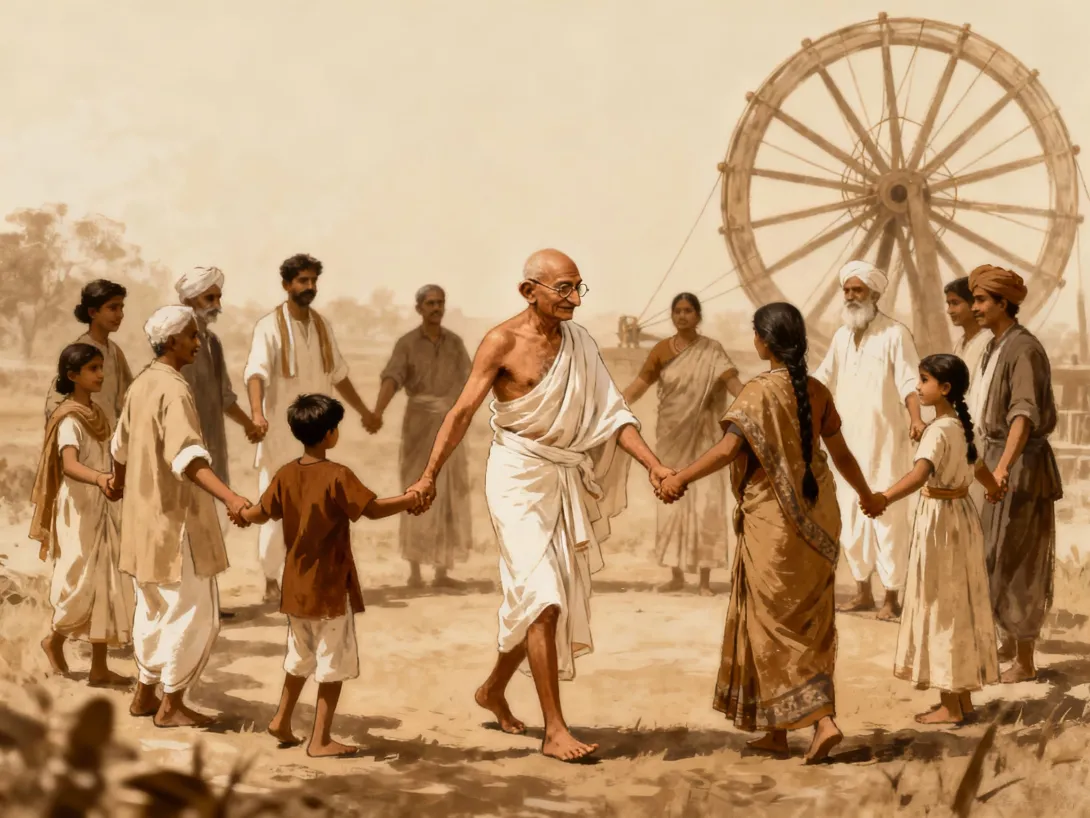



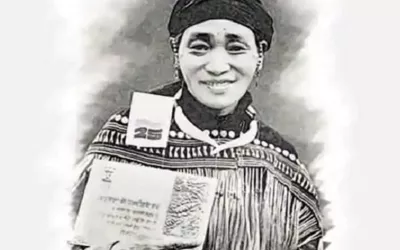

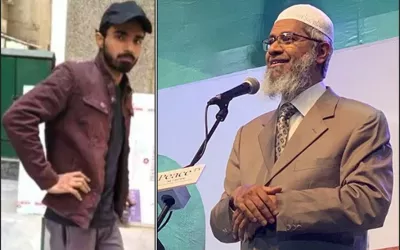
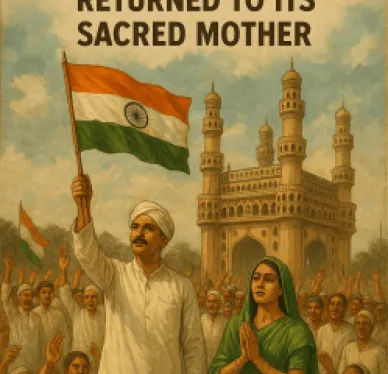


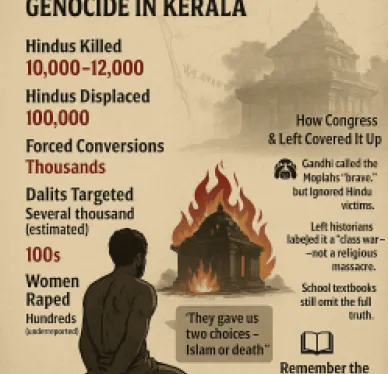
Comments
Add new comment